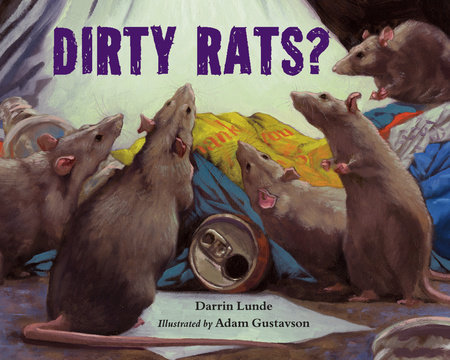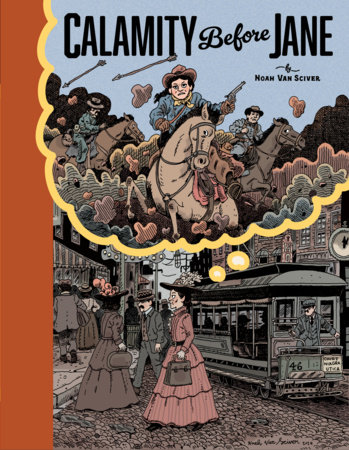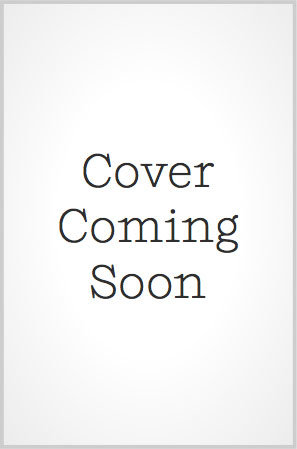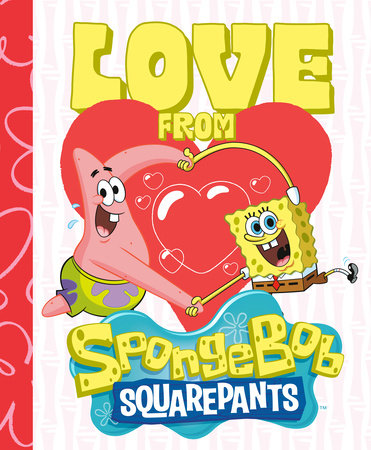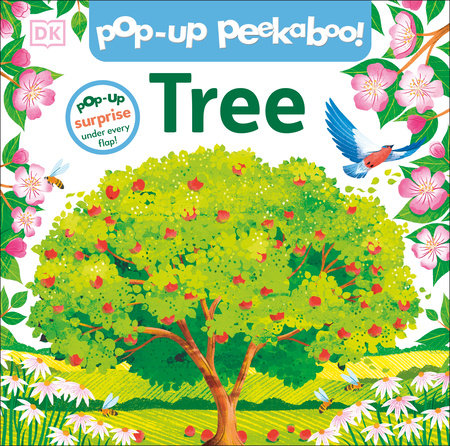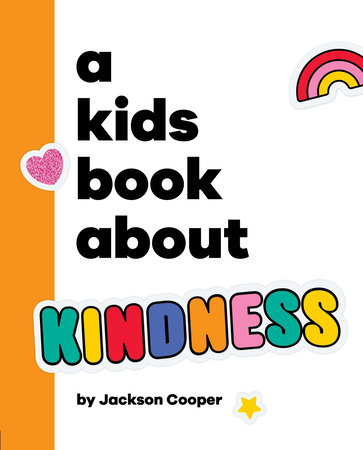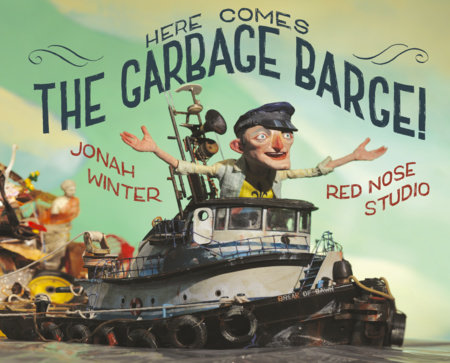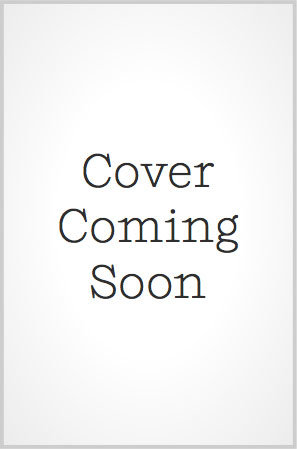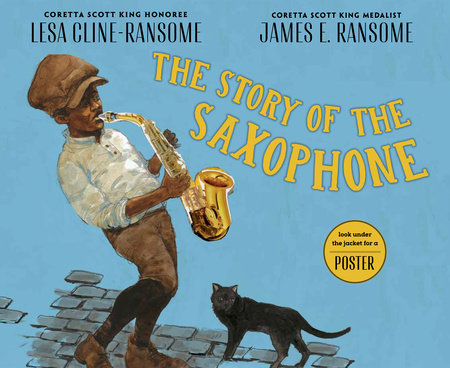A Smithsonian mammal specialist makes a bid to clean up the rat’s rotten rep.
Answering the titular question with “Maybe. Maybe not,” Lunde shifts readers’ focus away from rats in urban environments to wild species—from the bamboo-eating long-tailed marmoset rat of Southeast Asia to the Philippines’ bushy-tailed cloud rat. He also notes the important roles rats play in spreading seeds, feeding snakes and other predators, and (without getting too, or actually at all, specific) medical research. Gustavson joins the rescue operation with close-ups of rats rendered in naturalistic detail but looking more inquisitive than feral, sporting large pink ears and whiskery snouts. Some of the city settings are picturesquely grimy, but there are no dead creatures or images more disturbing than, in one scene, a white lab rat and a researcher in surgical garb locking eyes. On the contrary, another illustration even features a rat leaning in from the edge of the page to peer up at viewers, and a closing portrait gallery of selected rat species is equally fetching. Not particularly convincing as a reclamation project but generally informative and easy on the eyes.
–Kirkus Reviews
Lunde starts out this closer–shudder–look at rats just how you might expect: in grimy subway tunnels and moonlit gutters, where rats “swarm and scurry in the night.” Rats are “hated, hunted, trapped, and feared,” and we see a harried woman bashing rats from her fire escape and rats approaching a skull-labeled mousetrap. But then Lunde, rat-apologist extraordinaire, suggests a broader view. Not all rats eat garbage; some, like the long-tailed marmoset rat, eat strictly bamboo. It continues from there: not all rats live in sewer pipes; some live in rivers. Not all rats scurry; some hop like a kangaroo. In smaller type, additional scientific information fills out further details about each atypical rat mentioned. Of course, none of this is quite enough to make rats cuddly, though there is a somewhat comical hard-luck-life expression in many of Gustavson’s otherwise realistic oil depictions. The colors are especially evocative: the streaky browns of a tunnel, the steel blue of a street at night, the dark puple of mountain twilight. Rats: useful! Still kinda gross, though.
-Booklist
Few animals are as maligned as rats, something mammal specialist Lunde knows well. “Dirty rats. Their beady eyes and naked tails make us scream. Eek! Aargh! Yikes!” he writes as a frightened woman in hair curlers tries to sweep rats off her apartment’s fire escape. Lunde sets out to challenge misconceptions about these ubiquitous rodents, while introducing different rats from around the world, pointing out how they vary significantly from those seen in urban subway stations (“Not all rats have ugly, naked tails. The bushy-tailed cloud rat’s tail is completely covered in fur”). Readers learn how rats scatter seeds that enable plants to grow and how laboratory rats help find cures for disease. Gustavson’s typically lush oil paintings do their part to help sway opinions-his sewer rats come across as intelligent, curious, and even adorable.
-Publishers Weekly
I like books that begin with a question for young readers and science students to think about before reading the book. This is one of those books. The book title asks young readers, Dirty Rats?
The book begins with a short sentence about dirty rats that “eat garbage and live in the sewers and subways”. Then illustrations of 10 rats in that environment appear on those pages. On the next two pages, another short statement about dirty rats that “swarm and scurry in the night”, followed by another illustration of rats doing exactly that. The next four pages are still about the rats that are “dirty, scary and ugly”. Followed by the words “Swat them! Trap them! Kill them! But wait….” The book tone suddenly turns to information and illustrations of rats that are not “dirty, scary or ugly”, but to rats around the world. In fact, the South American fish–eating rats swim in water and live along the clean mountain waterways. Also in the book is information about the banner–tailed kangaroo rat that does not scurry, but hops like a small kangaroo.
The author includes the ways that rats can help humans by being used as laboratory rats to understand why people could get sick. The author further points out that rats benefit our environment by helping to spread seeds and being part of the food chain. After presenting both sides and illustrations relating to the question of the book’s title, Dirty Rats? the author ends the book with the words that answer the book’s title with, “Maybe. Maybe not”. Also included in back of the book is more information about different kinds of rats. However, the narrative accompanying the illustrations is at a much higher reading level than the narrative in the book. In addition, there is a list of websites to learn more about rats. I would use this book by reading it aloud to young students, but students could independently read the narrative.
I was intrigued with this book, but wanted to experience 1st grade students’ reactions to it. I began with the book’s title, Dirty Rats? and asked them if rats are dirty. Of course, the overwhelming responses were “Yes! They are!” I read it to them and showed the illustrations. During the beginning pages of the dirty rats, some of the students groaned and grimaced with each of the dirty rat pages. When I began to read about the other rats that live in different places, I asked the students if these rats were dirty and the responses I started to hear included, “Not so much”. By the time I had ended the book and asked again, “Are rats dirty?’ I actually heard many of the 1st grade students say, “Maybe, maybe not.” The book’s narrative and illustrations definitely accomplished what the purpose of the author seems to be. Maybe rats are dirty and maybe they aren’t.
–NSTA Recommends
